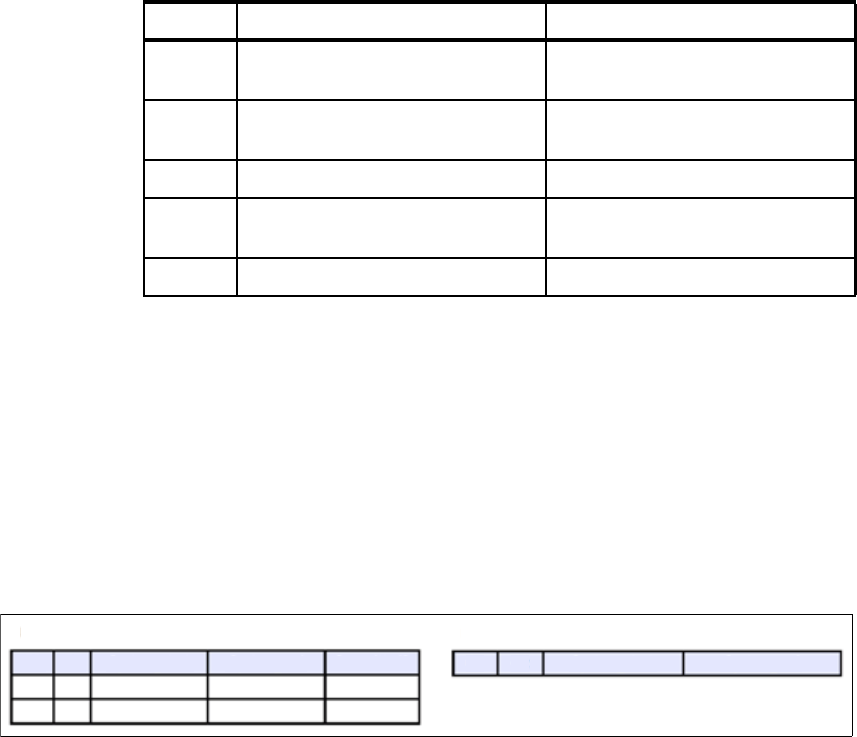
228 Solving Operational Business Intelligence with InfoSphere Warehouse Advanced Edition
5.3 Implications of temporal tables on operational
warehousing
The new temporal data management features in InfoSphere Warehouse 10.1
(and DB2 10.1) provide a new and enhanced capability to address many of the
requirements and challenges of a modern operational data warehousing
solution. In this section we examine some best practices for temporal data
management and analysis that drive the greatest benefit from this new
technology.
5
Areas where temporal data management and analysis have implications on
operational data warehousing include:
Complex workload and concurrency: impacts of read/write environments with
high levels of user concurrency on data integrity of temporal tables
Performance and storage efficiency: storage implications of system-period
temporal tables and corresponding history tables
Warehouse archiving: implications and practices around data archiving and
system-period temporal history tables.
Backup and recovery strategies: implications for range partitioning a temporal
table solution
Additional recovery considerations: roll forward implications and practices for
system-period temporal and related history tables
5.3.1 Temporal tables, complex workloads and concurrency
Operational data warehousing solutions are characterized by high levels of user
concurrency and mixed read and write database workloads. The combination of
read and write and user concurrency can sometimes lead to issues of data
integrity in system-period temporal history tables. The DB2 engine in InfoSphere
Warehouse 10.1 ensures that any data integrity conflicts are detected. The DBA
has a choice on how to handle the resolution, either through system-time
adjustments or rollback.
First we examine how the high concurrency environment can create implications
for data integrity in history tables. Consider a simple example of a system-period
temporal table and its corresponding history table
6
. Imagine two concurrent
5
Much of this section’s content has been drawn from the IBM white paper by Matthias Nicola, “Best
practices: Temporal data management with DB2”, IBM Corp., April 2012, which is available at the
following website:
http://www.ibm.com/developerworks/data/bestpractices/temporal/index.html


